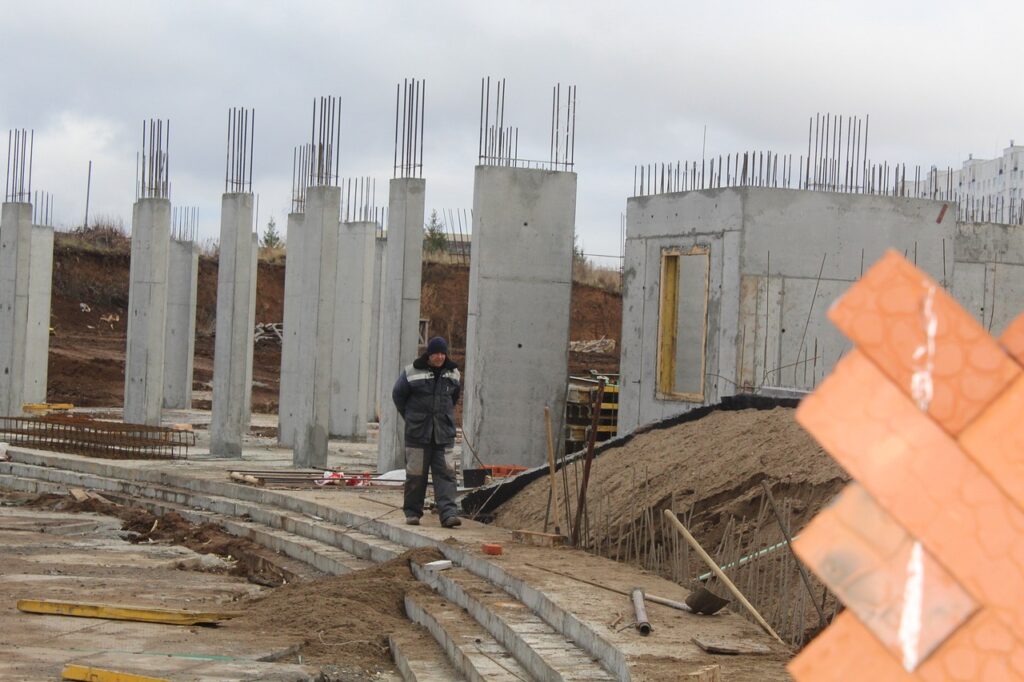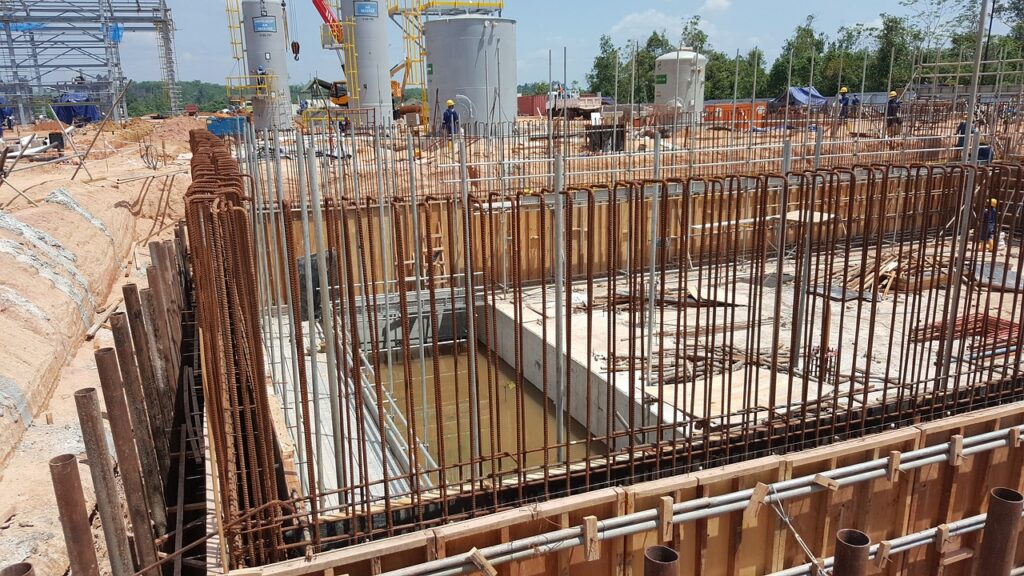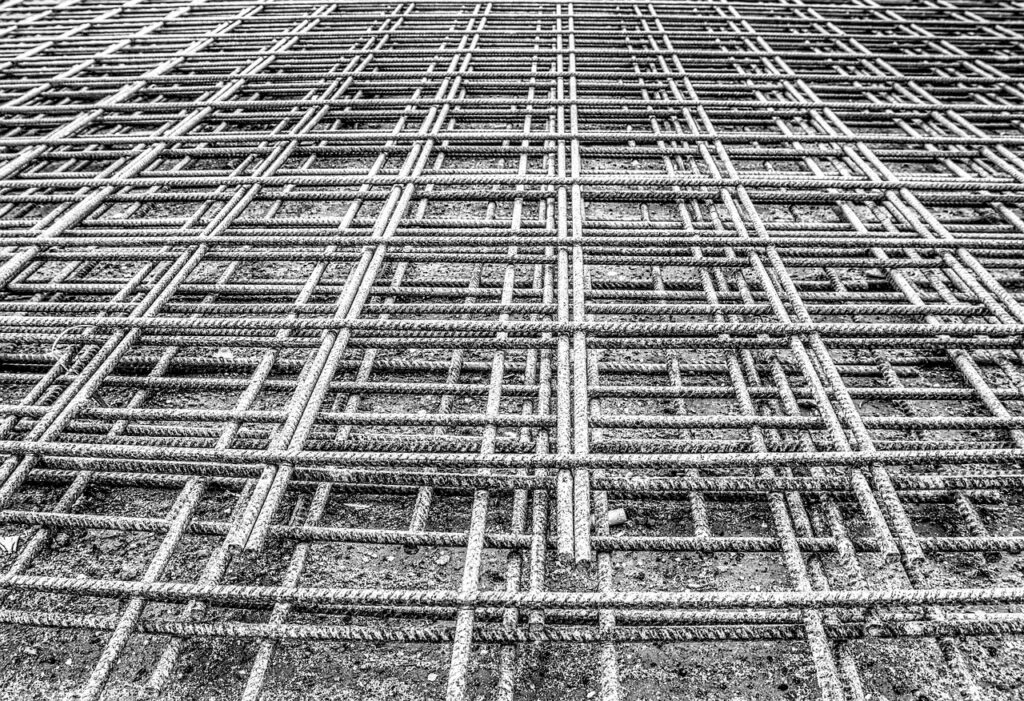
The foundation of a house is one of its most critical components, providing the necessary support to keep the structure stable and safe. A strong foundation ensures the longevity of the house, prevents structural issues, and can significantly enhance property value. This blog will delve into various methods to improve and maintain your house foundation, covering aspects such as soil stabilization, foundation repair techniques, moisture control, and preventive measures.
Understanding the Importance of a Strong Foundation
A house foundation serves several essential functions:
- Support and Stability: It bears the weight of the house, distributing it evenly across the ground.
- Moisture Barrier: Prevents groundwater from seeping into the structure.
- Insulation: Acts as a barrier against extreme temperatures.
- Pest Control: Keeps insects and rodents from entering the house.
Given these critical roles, ensuring that the foundation remains strong and intact is vital for the overall health of the building.
Common Foundation Problems

Before discussing improvement techniques, it’s important to understand common foundation problems:
- Cracks and Fissures: Caused by soil movement, settling, or pressure from water.
- Uneven Floors: Result from differential settling or foundation shifting.
- Water Damage: Due to poor drainage or leaks, leading to weakening of the foundation.
- Bowing Walls: Often a sign of serious structural issues due to soil pressure.
Improving Soil Stability

Soil stability is a key factor in maintaining a strong foundation. Here are some methods to improve it:
1. Soil Compaction
Soil compaction increases the density of the soil, providing better support for the foundation. This process involves:
- Mechanical Compaction: Using heavy machinery to compact the soil.
- Dynamic Compaction: Dropping heavy weights on the soil to densify it.
- Chemical Compaction: Adding chemicals like lime or cement to stabilize the soil.
2. Soil Replacement
In cases where the existing soil is too weak, replacing it with more stable soil can be beneficial. This involves:
- Excavating the existing soil.
- Replacing it with compacted gravel or sand.
- Ensuring proper drainage to prevent water accumulation.
3. Geotextiles and Geogrids
These synthetic materials reinforce soil and prevent erosion. They are particularly useful in areas with loose or expansive soils. Installation involves:
- Laying geotextiles or geogrids over the soil.
- Covering them with a layer of compacted soil or aggregate.
- Ensuring proper overlap and anchorage.
Foundation Repair Techniques
When foundation problems arise, timely repairs are crucial. Here are some effective repair techniques:
1. Underpinning
Underpinning involves strengthening the existing foundation by extending it to more stable soil. Methods include:
- Mass Concrete Underpinning: Digging under the foundation and filling it with concrete.
- Beam and Base Method: Installing beams to support the structure while a new foundation is built underneath.
- Mini-Piled Underpinning: Using piles to transfer the load to deeper, stable soil layers.
2. Piering
Piering, or piling, involves driving steel or concrete piers into the ground to support the foundation. Techniques include:
- Push Piers: Hydraulic-driven steel piers installed below the foundation.
- Helical Piers: Screwed into the ground using a helical mechanism.
- Drilled Piers: Drilling deep holes and filling them with concrete to form piers.
3. Slabjacking
Slabjacking, or mudjacking, is used to lift sunken concrete slabs. This involves:
- Drilling holes in the affected area.
- Pumping a slurry mixture (usually a combination of sand, cement, and water) under the slab.
- Lifting the slab back to its original level.
Long-Term Maintenance Tips

Maintaining your foundation over the long term involves ongoing vigilance and proactive measures. Here are some tips to keep your foundation in top condition:
1. Monitor Moisture Levels
Soil moisture fluctuations can cause foundation movement. Use a moisture meter to monitor the soil around your home. During dry periods, water the soil around the foundation to prevent it from drying out and shrinking. During wet periods, ensure proper drainage to prevent water accumulation.
2. Maintain Landscaping
Trees and shrubs near your home can affect the foundation. Their roots can draw moisture from the soil, causing it to shrink and affect the foundation. Keep large trees at least 20 feet away from the foundation and choose plants with shallow root systems for closer proximity.
3. Inspect Plumbing
Leaking pipes can lead to water damage and foundation issues. Regularly inspect and maintain your plumbing system, including indoor and outdoor pipes. Fix any leaks promptly to prevent water from seeping into the foundation.
4. Check for Pests
Termites and other pests can damage the wooden components of your foundation. Conduct regular pest inspections and treat any infestations promptly. Use termite-resistant materials and maintain a barrier between soil and wooden elements.
5. Seasonal Inspections
Conduct seasonal inspections to identify any changes or new issues with your foundation. Look for signs of cracking, shifting, or water damage, and address them promptly.
Conclusion
Improving and maintaining your house foundation is an ongoing process that requires attention to detail, regular maintenance, and proactive measures. By understanding common foundation problems, implementing preventative strategies, utilizing appropriate repair techniques, and maintaining long-term vigilance, you can ensure the stability and longevity of your home. Remember, a strong foundation is not just about the physical structure; it’s about the safety and security of your family. Invest in your foundation today to protect your home for years to come.
